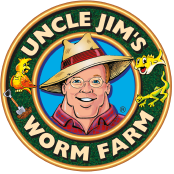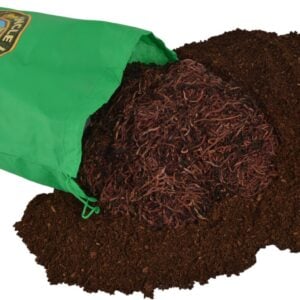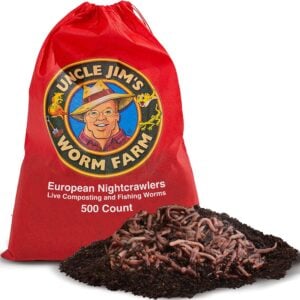Vermicomposting Supplies
Blog Category

Top Selling Products
Vermicomposting
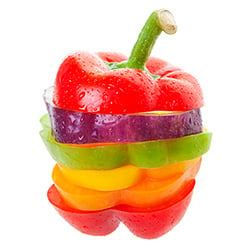
Indoor composting worms gobble up a wide variety of food scraps, as they are active worms that love nibbling on organic waste. But what is the best way to feed them? Which types of foods make the best worm food? How is feeding indoor worms different from feeding outdoor worm populations? Feed your wigglers well, […]
Vermicomposting at Home: How to Set Up Your DIY Worm Bin in 6 Simple Steps
Attention eco-warriors and garden enthusiasts! If you’re on a mission to reduce your carbon footprint while creating a garden that would make Mother Nature proud, look no further than worm composting! It’s the ultimate solution for creating natural, organic fertilizer – turning food waste into nutrient-rich soil and, best of all? It’s a cinch to […]

Worm casting tea is a gardener’s secret weapon known mostly for its ability to boost microbiological activity in soil by adding bacteria, fungi, actinomycetes, and protozoa to the soil. But what is it, exactly? Also known as worm compost tea, it is ultimately the end result of steeping worm castings or vermicompost in water. And […]

Do you ever feel guilty throwing away your food scraps and yard waste? Well, it’s time to put those feelings to rest and turn your trash into treasure with composting techniques. Composting is the process of breaking down organic matter into nutrient-rich soil that can be used to reduce organic waste and nourish plants and […]
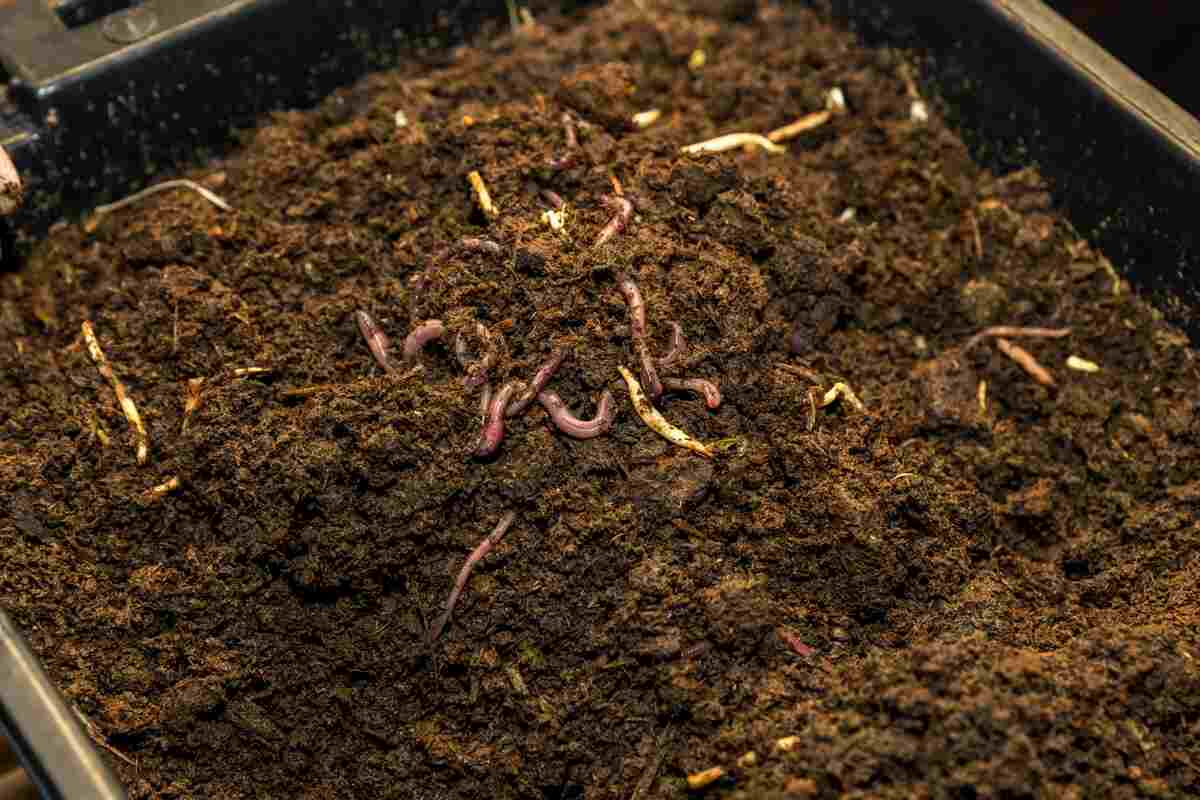
Worms in a vermicomposting bin sometimes try to escape. If it’s just one or two adventurous worms, you don’t have much to worry about. However, if you see worms clumping near the top of the bin, at the air ducts, or climbing out, something may be amiss. Let’s find out why composting worms try to […]
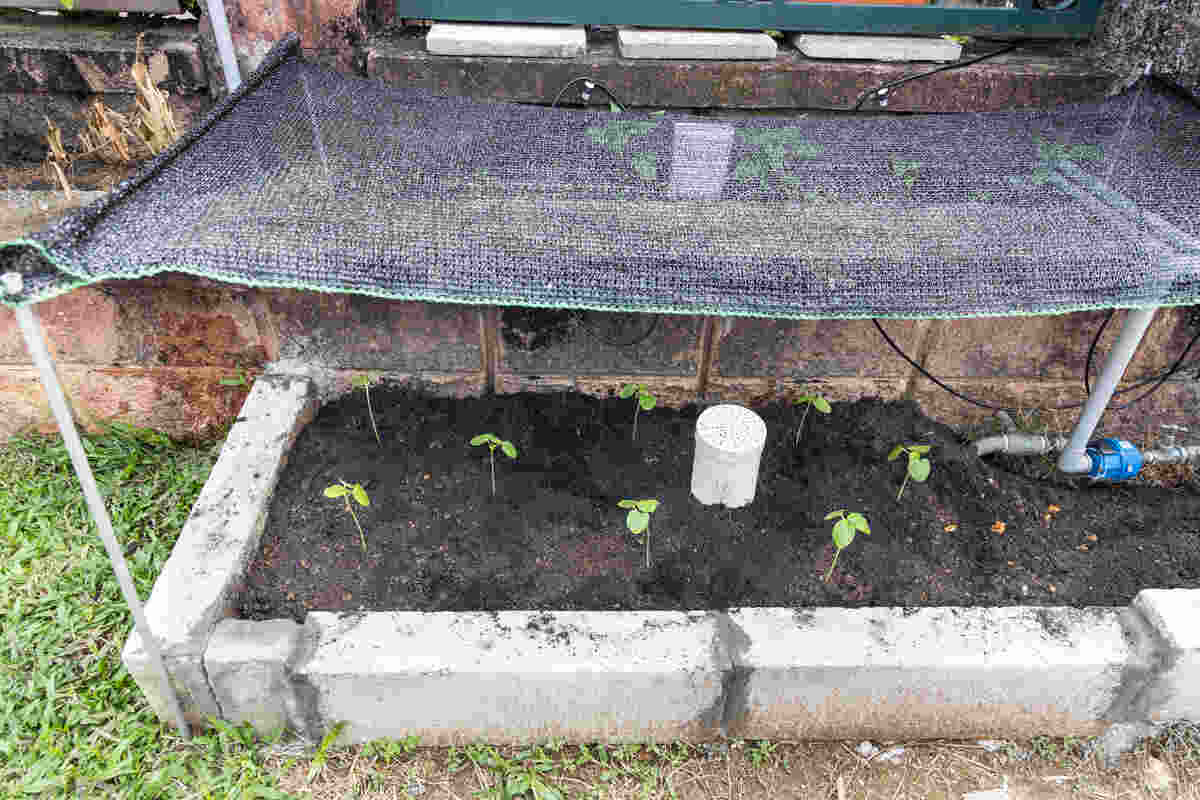
Also known as worm composting, vermicomposting transforms food scrapes and other types of green waste into a dark, rich soil amendment. Made of worm cast, vermicompost is abundant in nutrients and full of microorganisms that help create and sustain healthy, fertile soil. If you’re considering enriching your soil with vermicompost, you’re at the right place. […]
Updated: June 27 2022 What Are Worm Castings? If you are looking for a safer and better fertilizer than the chemical-based products made today, you might want to use worm castings. Also known as vermicompost, it is perfect for supplementing your garden soil and plants. Castings from composting worms have been recognized as a natural […]

Vermiculture 101: How To Start A Worm Farm as a Business or a Hobby
So you have gone down into the rabbit (or should we say worm?) hole that is the world of worm composting and you want to take the next step and build your own worm farm. Well, you have come to the right place. From the outside, vermiculture may appear to be a complicated topic. But […]
Giving your vegetable garden extra advantages helps ensure success. Certain plants thrive if you give them a head start before planting them in your garden. Tomatoes, peppers, broccoli, and lettuce are examples of plants that can benefit from starting indoors. Did you know that using compost from worms in your starts helps them grow? Composting […]
Are there differences between vermicomposting, hot composting, and cold composting? Let’s talk about three different types of composting. All these styles of composting break down waste organic matter into natural fertilizer. What are the benefits of each? When is it best to use vermicomposting – composting with worms – versus hot or cold composting?
